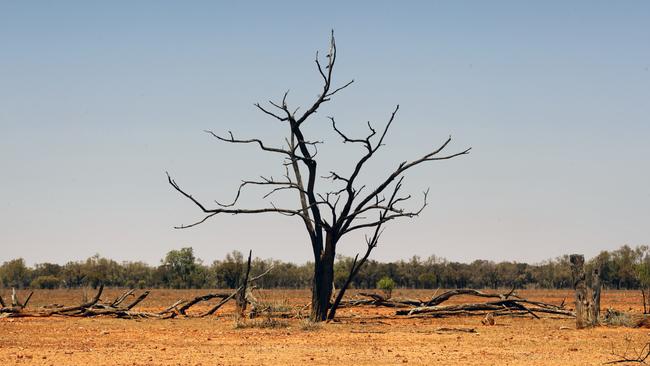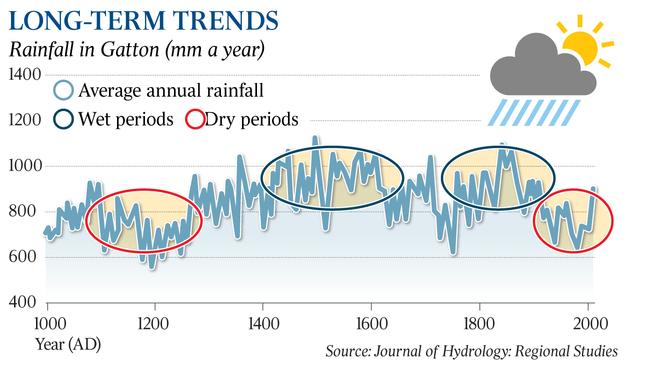Drought history in ice cores shows worst is yet to come
More severe than the worst recorded by modern instruments are likely in the future, a new study has found.

Major droughts have been common in Australia over the past 1000 years and dry spells more severe than the worst recorded by modern instruments are likely in the future, a new study has found.
Examination of ice core samples from Antarctica was used to reconstruct a more than 1000- year history of drought in southeast Queensland.
Results show Australia’s relatively short instrumental period is not representative of the full range of past climate variability.
“This means that current drought risk estimates are at best misleading and probably convey a false sense of security that is not justified, given the insights now available from palaeoclimate data”, a report in the Journal of Hydrology says.
The instrumental record contains three major droughts: the Federation (1895-1902), World War II (1937-45) and the Millennium drought (1997-2010).
These droughts only make it to the top 10 over the extended period, and are not the worst.
Researchers say existing instrumental records do not capture enough cycles of multi-decade variability such as El Nino to give realistic insights into what is plausible. Summer sea salt concentrations in ice cores drilled on Antarctica’s Law Dome are considered a reliable proxy for hydro climate studies in eastern Australia.
Tess Vance, from the Institute for Marine and Antarctic Studies, said palaeoclimate data in ice cores could provide a better understanding of drought frequency and duration extending back centuries or millennia.

The research team, led by Anthony Kiem from the University of Newcastle, analysed climate signals in ice cores from Law Dome dating back to the year 1000.
Key findings were that some centuries were drier than others, with few dry periods in the 1400s, 1500s and 1800s relative to the 1000s, 1100s, 1200s and 1700s.
Although long dry periods are evident in the instrumental period, they are not unprecedented and the longest dry period in the instrumental record (eight years from 2000−07) has actually been matched or exceeded several times prior to 1900.
The results show the 1100- 1200s dominate the dry periods.



